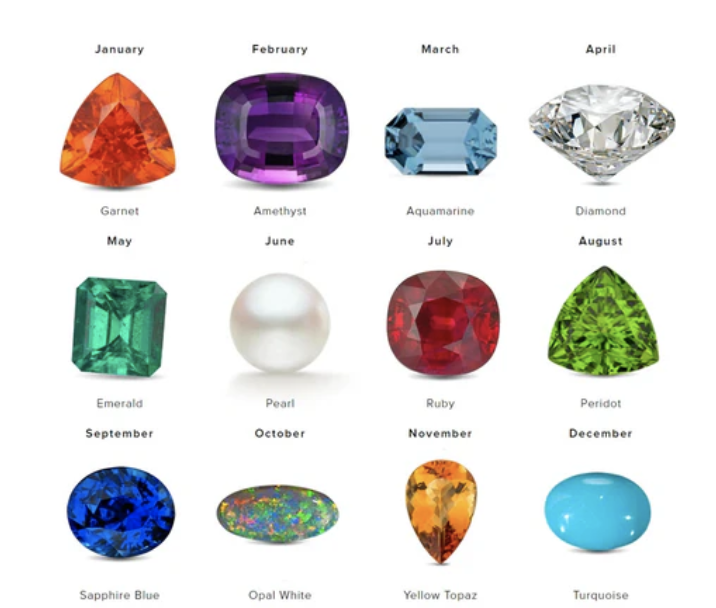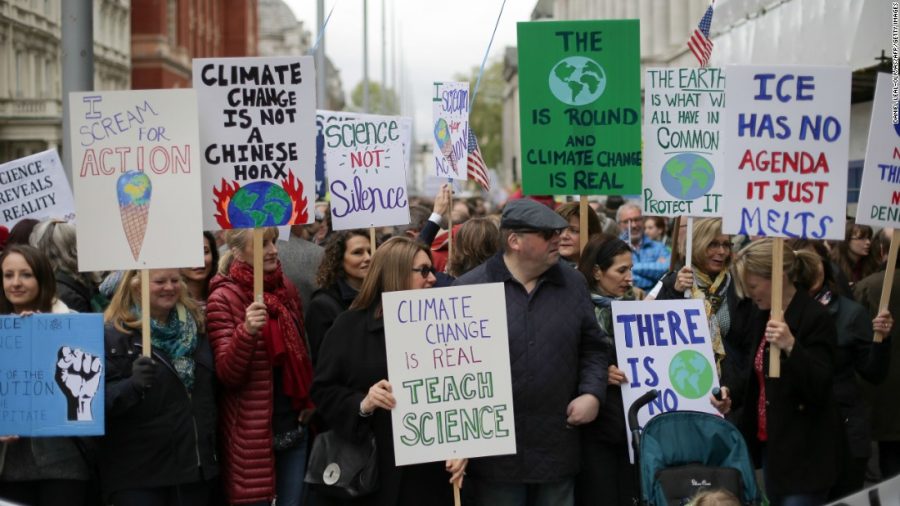March for Science
Thousands of people joined the March for Science to bring awareness to the limitations put on science. Photo courtesy of CNN.
May 23, 2017
In the name of science, in the name of protecting the Earth, and in the name of helping the future, thousands of people marched all across the world in the March for Science.
On April 22nd, scientists, environmentalists, and concerned peoples participated in the March For Science. The day of the march also coincided with Earth Day, to signify that their goals coincide with the well-being of the planet. More than 600 marches were planned, and there were marches held in all seven continents.
The March for Science is not only a march but a movement. Its main goal is to spread awareness of how science impacts the world. Scientific advancements not only benefit individuals, but they better the world. Implementing science in education and in the community is an important step to eliminating the boundaries between science and the public. Despite science being such a prominent factor in the world, many marchers believe that science is being limited by challenges, including the election of the forty-fifth president of the United States, Donald Trump.
Many of Donald Trump’s policies denounces the ideas supported in the science movement. In 2012, Donald Trump tweeted that global warming was a hoax created by the Chinese. The Trump Administration also cut down on funds for the Environmental Protection Agency, which would be losing about a third of its funding. Mary Liu (10) adds, “The March for Science brings attention to all the problems in the world, including Trump[‘s policies].”
Speakers also came to the marches to rouse enthusiasm and to spread knowledge of the movement. Bill Nye, a famous scientist known for his prior PBS show Bill Nye the Science Guy, spoke at the Washington D.C. March. He claims that the march may be interpreted as a political fight, but it definitely is not partisan. His words echoed among the passionate marchers, even through the rain. His speech included a reply to the public, “Show the world that science is for all. Our lawmakers must know and accept that science serves every one of us. Save the world!”
The March for Science was not only successful in the number of participants but also successful in the way it reached the public. The powerful march was seen throughout social media, television, and bystanders throughout the globe. With hundreds of supporters and hundreds of goals to be made, the movement for science will continue to pave the path for a better society, one that is welcoming to planet earth.







































